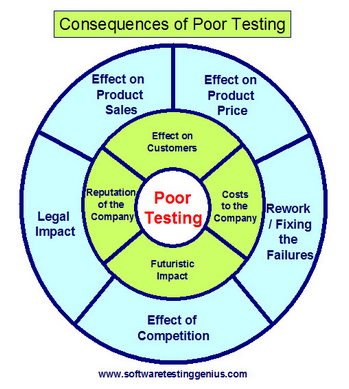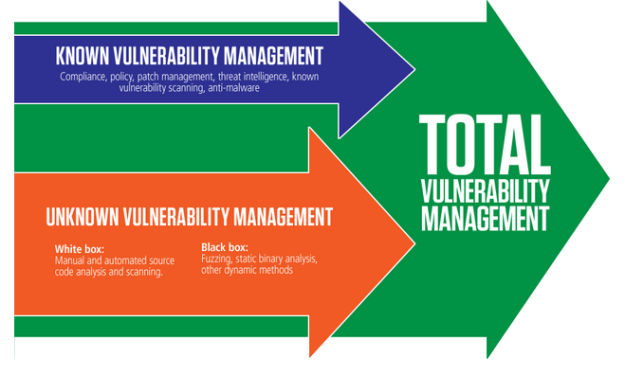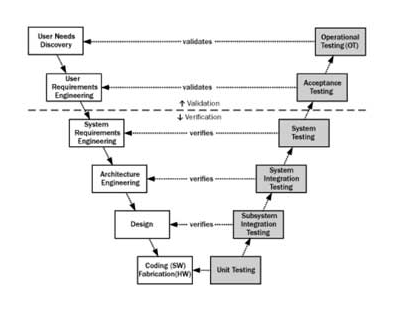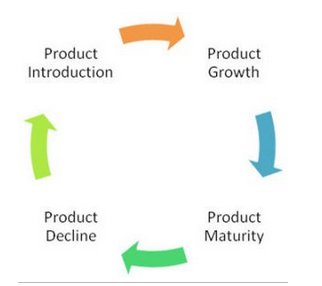The goal of this article is to point out mistakes of poor testers and helps them improve on skills and warn them from making certain mistakes that might lead to some serious faults in their software/product. Poor testing leads to poor client experience which can serious hurt company’s profitability and sales. Poor testing can be more expensive for a company because it will lead to more time and money investment to fix those errors that were left.

Above image shows consequences of poor testing
The article goes into greater detail of the Do’s and Don’ts of poor testing. Here is a list of the Don’ts of poor testing:
- Don’t add stress
- Don’t test beyond the specified limits
- Don’t test with unusual combinations of events
- Don’t check all inputs and outputs
- Don’t follow up
Here is a list of the Do’s of poor testing:
- Let the designer create the test plan
- Test only against the normal input values
- Prepare test plans that are not consistent with historical evidence
- Provide a comfortable air-conditioned environment
- Forget about extreme situations
- Ignore the FMEA or fault tree
Here is a list of some tips to avoid poor testing:
- Evaluate your metrics
- Maintain an effective tester’s toolbox
- Avoid chaos by over adherence to processes
- Maintain self-maintaining test
- Culture of concurrent development teams
The article goes into greater detail inside each of the above category.
Please visit for detail reading:
http://www.softwaretestinggenius.com/how-to-perform-poor-testing-a-primer-for-self-improvement
From the blog CS443 Software Quality Assurance & Testing – Computer Science World by Haider Hussain and used with permission of the author. All other rights reserved by the author.



